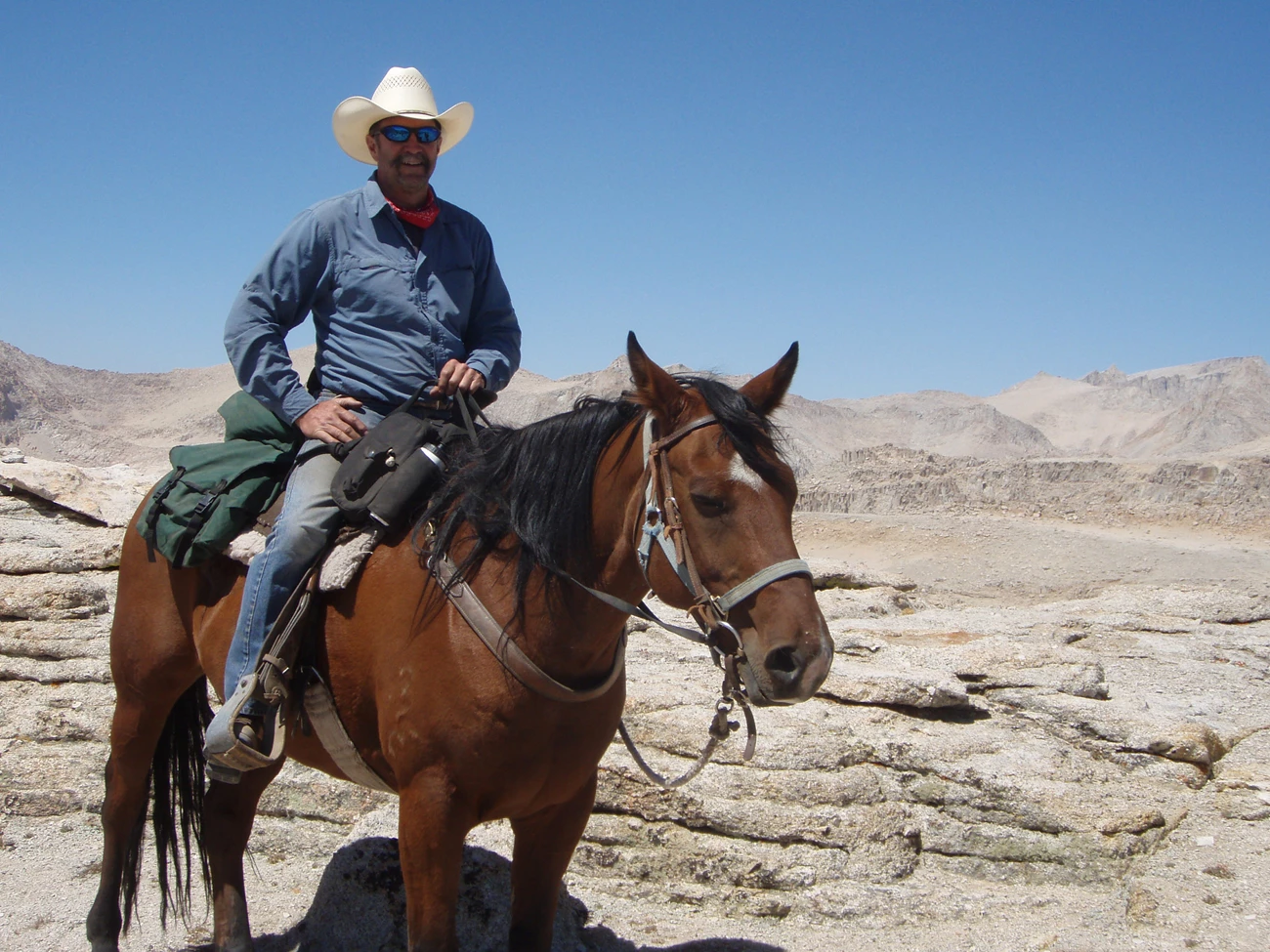Last updated: October 25, 2023
Article
Case Study: Association of National Park Rangers Oral History Project
Introduction
In 2010 a member of the Association of National Park Rangers (ANPR) sought advice from the Park History Program about an oral history project the organization wanted to conduct in commemoration of the 2016 NPS Centennial. Founded in 1977, ANPR is a nonprofit educational and advocacy group whose primary constituency is NPS personnel. One inspiration for the project was the death of a revered ANPR member and NPS ranger who died suddenly, taking with him a storehouse of knowledge. The organization committed to capturing memories of its members and began fundraising to support a series of interviews.
An oral history project offered great opportunities and challenges. ANPR members, many now retired, were part of a generation who had helped create the modern National Park Service. They joined the agency in the 1950s, 60s, and 70s, and they occupied leadership positions during decades of great change. During their tenure, the NPS expanded significantly, the country adopted laws that challenged the Service’s management policies, and the demographics of the agency’s workforce and its visitors underwent a significant shift. Recording career histories with ANPR members would capture important perspectives of change from within the NPS.
The Challenge
The challenge was the sheer scope and scale of the project. ANPR members lived all over the United States. The organization had a modest budget. How could we design a feasible project?
Response
A top priority was to solve the logistical problem of how to conduct interviews with a pool of narrators who lived all over the country without an extensive travel budget. Another priority was determining who could conduct the interviews and manage the project.
-
Fortunately, a young ANPR member and backcountry ranger was also a graduate student in U. S. history who had participated in an NPS oral history workshop offered at Yosemite in 2010. She volunteered to serve as liaison between ANPR and the Park History Program. A park archivist who had led an oral history project expressed interest in helping, if ANPR could subsidize travel expenses. An added bonus: the archivist’s father was a retired NPS ranger, and she knew a number of ANPR members.
-
We decided that the ANPR’s annual fall meeting, Ranger Rendezvous, offered the best opportunity for cost-effective interviewing. Scores of members gathered for nearly a week of talks, workshops, and socializing. Reunions can be hard places to conduct interviews. But with advance planning, we could ask narrators to set aside a couple of hours for an interview and schedule interviews throughout the meeting. With advance planning we could reserve a quiet room for interviews or prepare our hotel rooms as suitable interviewing spaces.
-
The cooperation of the organization and its members was crucial for the success of the project. The interviews were priorities for members, and they helped us create a project design that met the expectations of ANPR and the Park History Program. Having someone to schedule and coordinate the interviews was another key to success.
Takeaways
Why was this oral history project important? Why should the Park History Program invest its limited resources in it?
ANPR’s oral history project joined a long tradition in the NPS of using interviews to safeguard the collective memory and expertise of those who have shaped the Service over the years. Interviews with NPS personnel can be found in the NPS History Collection at Harpers Ferry Center and at archives in individual parks.
The project offered access to NPS personnel who had served as rangers in a variety of parks during crucial years of change in the agency. They participated in changes related to search and rescue techniques and equipment; in management of natural and cultural resources; in law enforcement philosophy and practice; in career ladders and opportunities for advancement. The project allowed us to capture the perspectives of NPS personnel who had spent their careers on the front lines.
What was the scope of the project and could the resources of staff and budget support the initial vision?
-
ANPR initially wanted to conduct 50 interviews. The project lasted from 2012 through 2017. We were able to assemble a team of three or four trained interviewers each year. The number of interviews varied from year to year, but we interviewed a total of 70 people.
-
ANPR contributed to interview transcription costs and supported the travel to Rendezvous of at least one interviewer. The Park History Program subsidized transcription costs.
-
I served as the project manager, coordinating interview transcription, transcript reviews and corrections, and interview deposit at the NPS History Collection at Harpers Ferry Center.
What were the envisioned outcomes of the project?
-
The first goal was to deposit the oral history recordings, transcripts, and supplementary materials for safe keeping in the NPS History Collection.
-
Early on we realized the potential of editing interview transcripts into short narratives that focused on a theme. The ANPR’s quarterly magazine, Ranger, offered the perfect publishing venue. The articles allowed us to share the research quickly, demonstrating its usefulness and maintaining interest in the project.
-
In the 2010s podcasting became all the rage. The Park History Program hired interns who could complete simple audio productions based on the oral histories and featured them on SoundCloud in 2016, the NPS Centennial year.
Sharing Stories
-
More recently the Park History Program hired professional audio producers who included some of the ANPR interviews in the podcast series, “A Sense of Place.”
-
You can find these ways of sharing ANPR oral history interviews at the ANPR Oral History Project.
-
Ranger devoted an entire issue to the theme, Oral History & the Parks.

NPS
